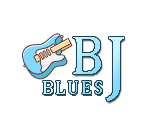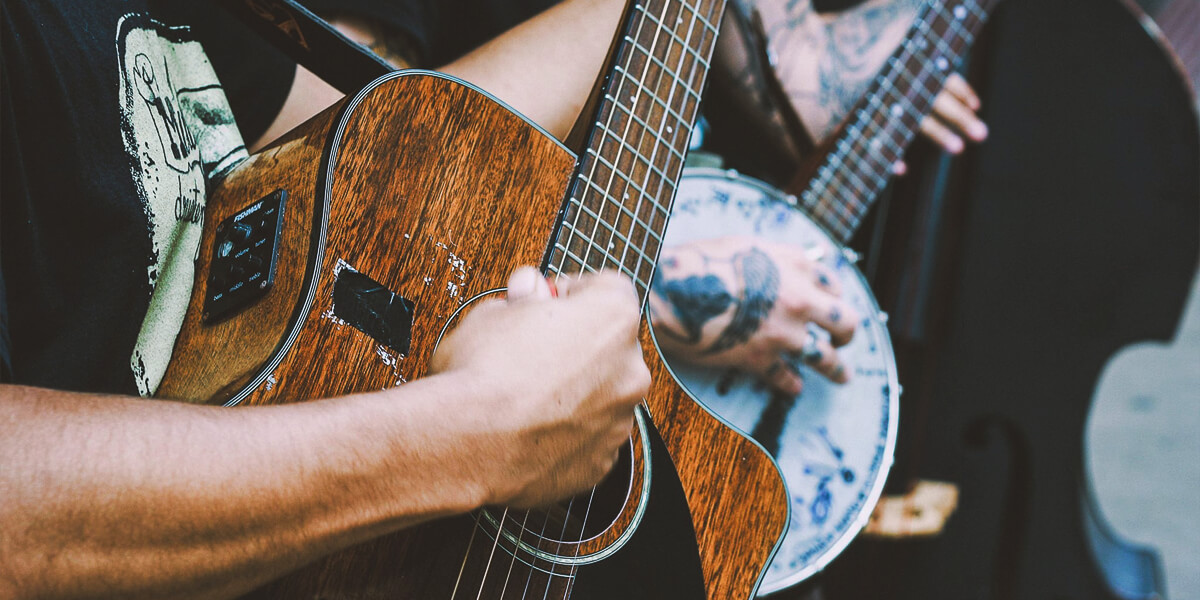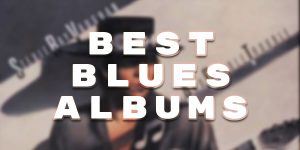To this day, the blues never ceases to captivate listeners with its raw emotion and expressive melodies. From the haunting wail of a well-played harmonica to the deep resonance of an acoustic guitar, I will cover the key blues music instruments that have shaped this genre over the years. Moreover, you’ll learn the iconic qualities of the blues harmonica, the soul-stirring capabilities of the slide guitar, the rhythmic backbone of the upright bass, and the driving force of the blues drum kit.
This article will provide valuable insights into the basic instruments in blues music you need to recreate the timeless sound of the blues. So let’s not waste time and plunge into the wonderful world of blues musical instruments.
Guitar
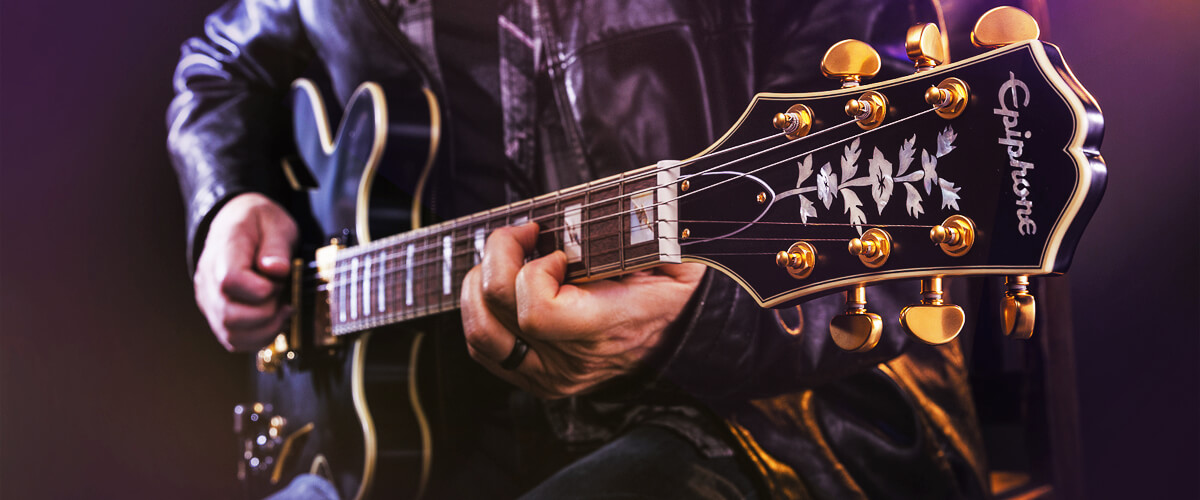
Blues music has a rich history of utilizing various types of guitars to convey its unique sound:
- Acoustic guitar. Its warm, resonant tones and versatile nature make it well-suited for rhythm and lead playing.
- Electric guitar. It brought a new level of expressiveness and allowed for dynamic solos and distorted tones.
- Resonator guitar. Known as Dobros, it features a metal resonator cone that amplifies the sound. They are known for their distinctive metallic tone.
Blues guitar techniques are important for capturing the genre’s essence. Fingering methods involve intricate fingerpicking patterns, chord embellishments, and melodic phrases. Slide guitar entails sliding a glass or metal tube along the strings, creating expressive and emotional tones.
Numerous blues guitarists have left an indelible mark on the genre. Legends such as B.B. King, known for his vibrato, and Stevie Ray Vaughan, renowned for his intense playing style. Other notable blues guitarists include Robert Johnson, Muddy Waters, Buddy Guy, and Eric Clapton.
Harmonica
Blues owes much of its distinctiveness to the harmonica, a notable instrument that adds heartwarming melodies to the genre. Two types of harmonicas commonly used in blues are:
- Diatonic harmonica. Also known as the blues harp. It is designed to play in a specific key and has a limited number of notes.
- Chromatic harmonica. It offers a wider range of notes and features a button-operated sliding mechanism that allows players to access all the semitones within a chromatic scale.
Playing techniques on the blues harmonica allows you to achieve the genre’s characteristic sound:
- Tongue blocking. Involves placing the tongue across multiple holes to create chords, bends, and vibrato. It allows for a full and rich sound.
- Note bending. Involves altering the pitch of a note by controlling the air pressure and tongue placement. It adds expressive nuances and allows players to achieve “blue notes”.
One of the most renowned harmonica players is Little Walter, who is known for his innovative playing techniques. Sonny Boy Williamson II, often called Rice Miller, was a master of the blues harmonica. Other influential players include Big Walter Horton, Junior Wells, James Cotton, and Charlie Musselwhite.
Piano
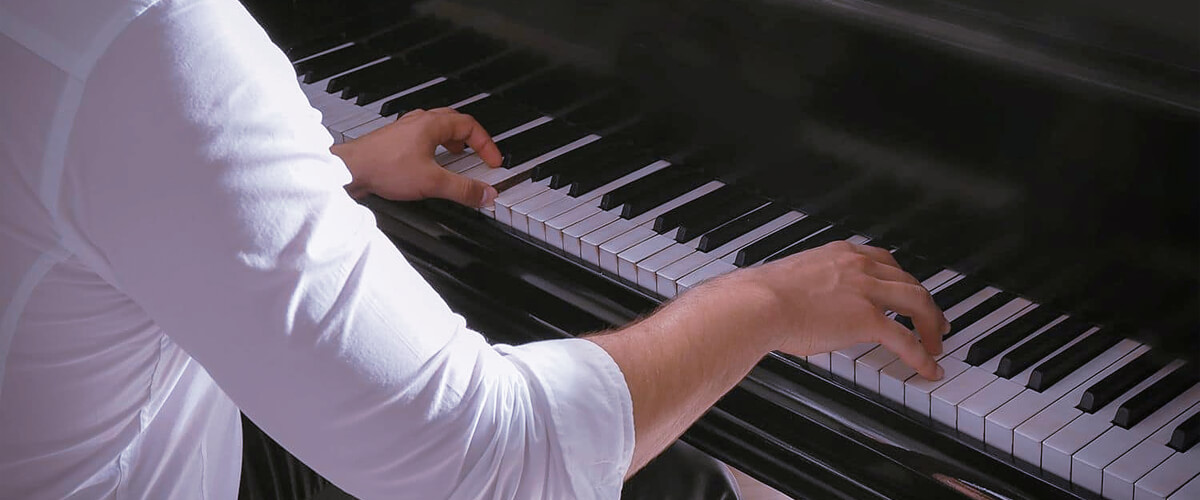
The piano is capable of delivering intricate melodies and driving rhythms. The upright or vertical piano is a popular choice in blues music. It offers a rich and warm tone and has a compact size.
The grand piano is a centerpiece in larger blues performances and recordings. With its resonant soundboard, it produces a fuller and more expressive tone. In addition, grand pianos offer a wide dynamic range.
Each piano playing technique contributes to the genre’s distinct sound. For example, boogie-woogie is an energetic style characterized by a repetitive left-hand bass pattern. It is known for its infectious groove and syncopated rhythms, providing a lively and danceable feel to blues music. The barrelhouse piano style incorporates ragtime and stride piano elements, characterized by a strong left-hand bass and lively improvisation.
One of the most influential figures is Otis Spann, who collaborated with the legendary Muddy Waters. Pinetop Perkins brought his boogie-woogie style to the forefront. I can also highlight Memphis Slim, Roosevelt Sykes, Sunnyland Slim, and Champion Jack Dupree.
Bass
The bass provides the foundation and drives the rhythmic groove. It adds depth, richness, and a sense of movement to the blues sound.
The electric bass guitar became prominent in blues music during the mid-20th century. It offers versatility and allows for techniques like slapping, popping, and fingerstyle playing, adding dynamics to the blues.
The double bass, also known as the upright bass, produces a deep, warm tone, providing a solid foundation for the blues rhythm section. The double bass is played with either fingers or a bow, and its resonant sound adds an earthy quality to the blues.
Blues bass playing incorporates two major techniques:
- Walking bass lines. Involves playing a steady and repetitive pattern of notes that outline the chord progression. It creates a sense of groove and keeps the blues rhythm steady.
- Syncopation. Involves emphasizing offbeat notes. It creates tension, injecting energy into the music. Syncopation is often used to accentuate certain chord changes.
Willie Dixon provided the backbone for many classic blues recordings with his driving bass lines. Donald “Duck” Dunn, a legendary Stax Records house band member, brought his precise playing to countless blues and soul recordings.
Drums
These unique musical instruments add a sense of energy and propulsion, shaping the intensity of the blues. The most commonly used types of drum kits in blues are:
- Jazz kit: it includes a smaller bass drum, a snare drum, one or more rack toms, a floor tom, and a variety of cymbals. The jazz kit offers a balanced sound, allowing it to express subtlety and finesse while maintaining a solid rhythm.
- Rock kit: it features larger drum sizes and additional cymbals, producing a louder and more aggressive sound. The rock kit brings a powerful presence to blues band gear.
Blues drumming includes various techniques, and I will introduce two of them.
| Technique | Features |
|---|---|
| Swing rhythm | It involves playing the ride cymbal in a triplet-based pattern, emphasizing the offbeat notes, and creating a relaxed groove. |
| Shuffle rhythm | It is a signature aspect of blues drumming, which involves playing a distinctive groove with a triplet feel, using the snare drum and bass drum. This technique provides swing that defines the core of many blues tunes. |
Sam Lay, known for his work with the legendary Paul Butterfield Blues Band, brought a dynamic drumming style to the blues. Fred Below contributed to the Chicago blues sound, incorporating energetic and inventive drum fills. Willie “Big Eyes” Smith provided a solid and swinging foundation.
Other instruments
In addition to the core blues instruments, several other commonly used ones contribute unique sound and character.
| Instrument | Features | Famous performers |
|---|---|---|
| Saxophone | It’s one of the frequent instruments used in blues music, which often takes on a lead role, complementing the vocals or trading riffs with other instruments. | Eddie “Cleanhead” Vinson, King Curtis, and Lee Allen. |
| Trumpet | It brings a bright and vibrant sound to blues music and is known for its piercing high notes and melodic improvisation. The trumpet is often used to create dynamic horn sections, adding a punchy and brassy texture to the music. | Louis Armstrong, B.B. King (who played both guitar and trumpet), Big Jay McNeely. |
| Steel guitar | With its distinctive sliding and bending notes, it adds a unique flavor to blues music. It is commonly used in various blues subgenres, such as Hawaiian and country blues. This guitar creates a melancholic and atmospheric ambiance. | Robert Randolph, Freddie Roulette, Junior Brown. |
Different instruments play an essential role in shaping blues compositions, and renowned masters are celebrated for their skillful selection of instruments in creating organic combinations. While it is important for novice musicians to study and learn from the classics, they should also embrace their own creativity and strive to craft original blues compositions that reflect their unique style and experiences.
